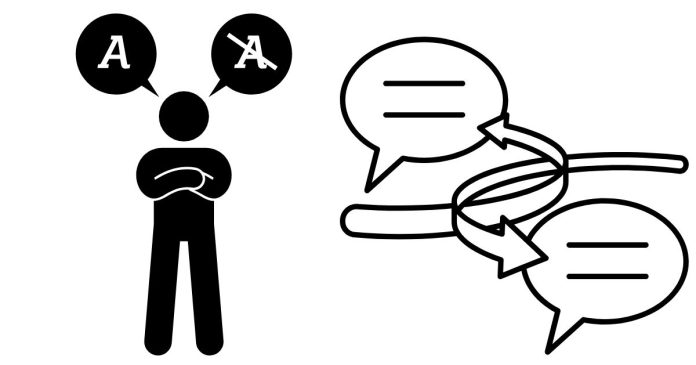In the realm of logic, two fundamental concepts that help us evaluate the truth or falsity of statements are tautologies and contradictions. Both of these terms describe logical conditions that offer us valuable insights into the structure of reasoning and the behavior of propositions in logical systems. Understanding these concepts is essential for anyone delving into formal logic, mathematics, or philosophy.
What is a Tautology?
A tautology is a statement that is always true, no matter the truth values of its components. In other words, a tautology is a logical expression that will evaluate to true regardless of the truth or falsity of the individual propositions it contains. Tautologies are considered self-evident truths, as they cannot be proven false.
Examples of Tautologies:
- “Either it will rain tomorrow, or it will not rain tomorrow.” This statement is always true because it covers all possible outcomes: either rain will occur or it will not.
- “If it is raining, then it is raining.” This is an example of a tautological implication (A → A), which is always true because if the premise (it is raining) holds, the conclusion (it is raining) must also hold.
- “A or not A.” This is a simple expression of the law of excluded middle in classical logic, asserting that for any proposition A, either A is true, or not A is true. It covers all possibilities.
Tautologies are often used in logical proofs and reasoning to simplify complex expressions or to affirm the validity of certain principles, such as the principle of identity and the law of excluded middle.
What is a Contradiction?
A contradiction, on the other hand, is a statement that is always false, regardless of the truth values of its components. A contradiction is an illogical or inconsistent proposition, and its presence in an argument usually signals an error in reasoning or an inherent paradox.
Examples of Contradictions:
- “It is raining and it is not raining.” This statement cannot be true under any circumstances because it asserts that both the proposition and its negation hold at the same time, which is logically impossible.
- “The number 2 is both even and odd.” This statement contradicts the basic properties of numbers in the number system, making it always false.
- “If it is raining, then it is not raining.” This is a contradiction in the form of an implication (A → ¬A), where the premise (it is raining) cannot lead to a conclusion (it is not raining) that directly contradicts it.
Contradictions are typically avoided in logical systems because they undermine the reliability of reasoning. They often lead to paradoxes or breakdowns in argumentation, which is why identifying contradictions is a critical skill in logic and mathematics.
The Role of Tautologies and Contradictions in Logical Systems
Both tautologies and contradictions play vital roles in logical reasoning and proofs:
- Tautologies are used to confirm the validity of logical systems. When you encounter a tautology, you know that the logical structure is sound. They often help demonstrate the truth of other statements by eliminating unnecessary assumptions. In a proof, demonstrating that something is a tautology can help in proving further arguments or theorems.
- Contradictions are used to show that a particular set of assumptions or premises is false. This method is employed in reductio ad absurdum proofs, where you assume the opposite of what you’re trying to prove and show that this assumption leads to a contradiction, thereby confirming that the original statement must be true.
Practical Applications of Tautologies and Contradictions
In various fields like mathematics, computer science, and philosophy, tautologies and contradictions have practical implications:
- Mathematics: Tautologies are used to establish foundational truths in set theory, algebra, and other areas, ensuring consistency in proofs and calculations. Contradictions are used to prove that certain assumptions lead to invalid results or that certain sets or conditions cannot exist.
- Computer Science: In programming and algorithm design, tautologies help with optimization and code simplification, while contradictions can identify bugs or flawed logic in algorithms.
- Philosophy: Philosophers use tautologies and contradictions to explore the nature of truth, belief, and language. Tautologies can be seen as statements that provide no new information, while contradictions can reveal the limitations of human reasoning or the paradoxes inherent in certain systems of thought.
Conclusion
Tautologies and contradictions are fundamental concepts in logic that help us navigate the complexities of reasoning. Tautologies offer certainty and truth in an otherwise uncertain world, while contradictions help us detect errors and inconsistencies in our logical frameworks. Mastering these concepts is essential for anyone looking to deepen their understanding of logic, argumentation, and critical thinking.
By recognizing tautologies and contradictions in various arguments or statements, we can refine our ability to reason more effectively, avoid logical fallacies, and construct more sound, reliable arguments in both academic and real-world scenarios.


